The riddle is solved. Why is Roman concrete durable after thousands of years? (5 photos)
The ancient Romans were masters of engineering, they built an extensive network of roads, aqueducts, ports and massive buildings, the remains which have been preserved for millennia 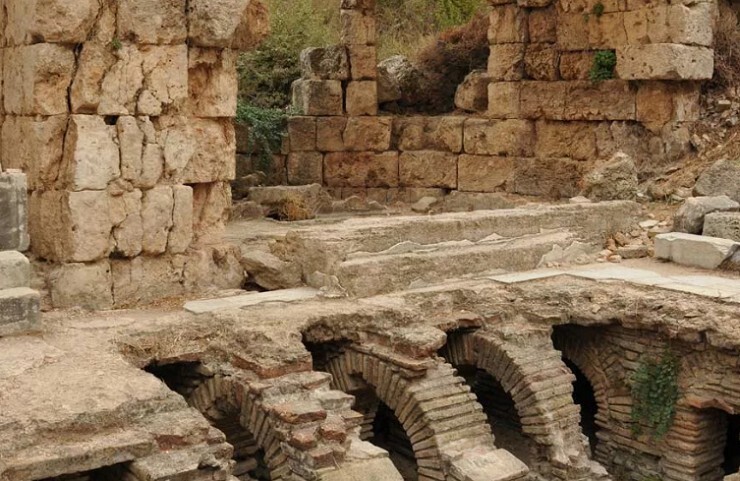
Scientists have found out the main question - what was the concrete. 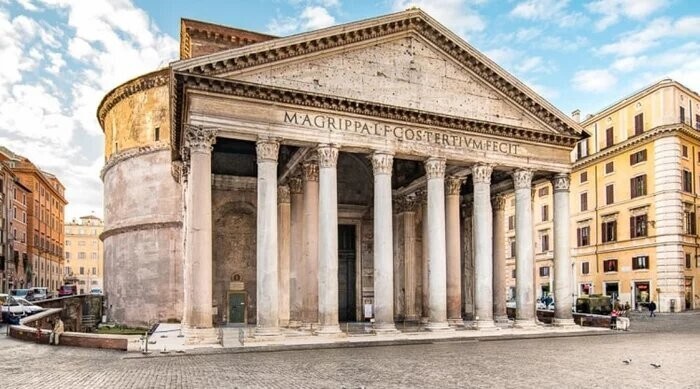
Many of the structures known to us were built of concrete. The famous Roman Pantheon, which has the largest in the world unreinforced concrete dome and was consecrated in 128 AD, until now still intact, and some ancient Roman aqueducts are still today bring water to Rome. Meanwhile, many modern concrete structures collapsed after a few decades. 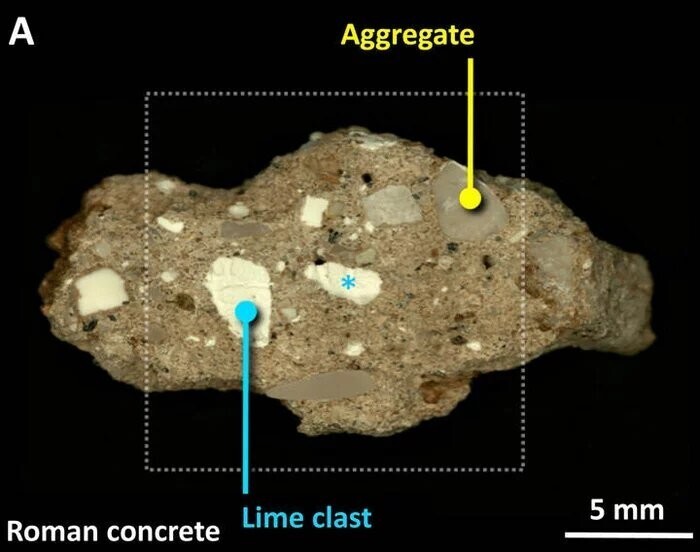
For years, researchers have assumed that the key to The durability of ancient concrete had one ingredient: volcanic ash from the Pozzuoli area in the Gulf of Naples. This special kind of ash even transported throughout the Roman Empire for use in construction, and architects and historians of the time described it as a key ingredient for concrete.
On closer examination, scientists from Massachusetts Institute of Technology concluded that ancient samples also contain small bright white mineral elements - and this lime. New research suggests these tiny debris gave concrete a previously unrecognized ability to self-heal. 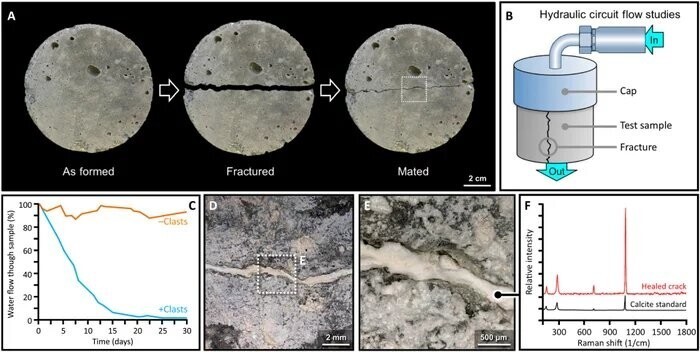
Studying samples of ancient concrete, scientists determined that white inclusions are composed of various forms of calcium carbonate. A spectroscopic study made it clear that they were formed during extreme temperatures. The team concluded that hot mixing is the key to ultra-strong materials structure.
As soon as tiny cracks, this material may react with water. rich in calcium the solution quickly fills the crack. These reactions occur spontaneously and, therefore, automatically heal problem areas before they distribution. 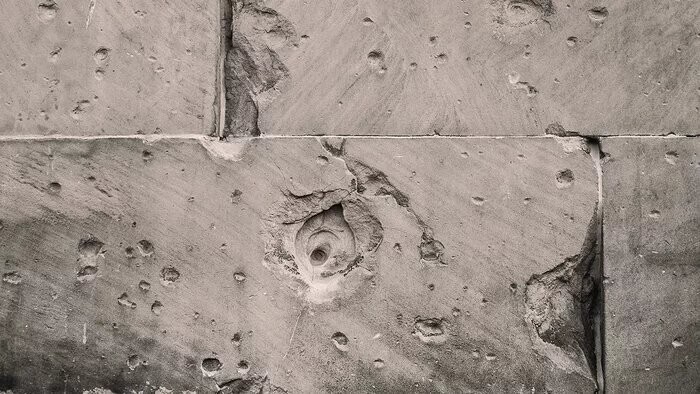
Scientists are confident that due to the increase in service life and the development of lighter concrete forms, these efforts will help reduce the impact of cement production on the environment, which in currently accounts for about 8% of global greenhouse gas emissions gases. Along with other new compounds such as concrete, which can actually absorb carbon dioxide from the air, this will reduce impact of concrete on climate.
























